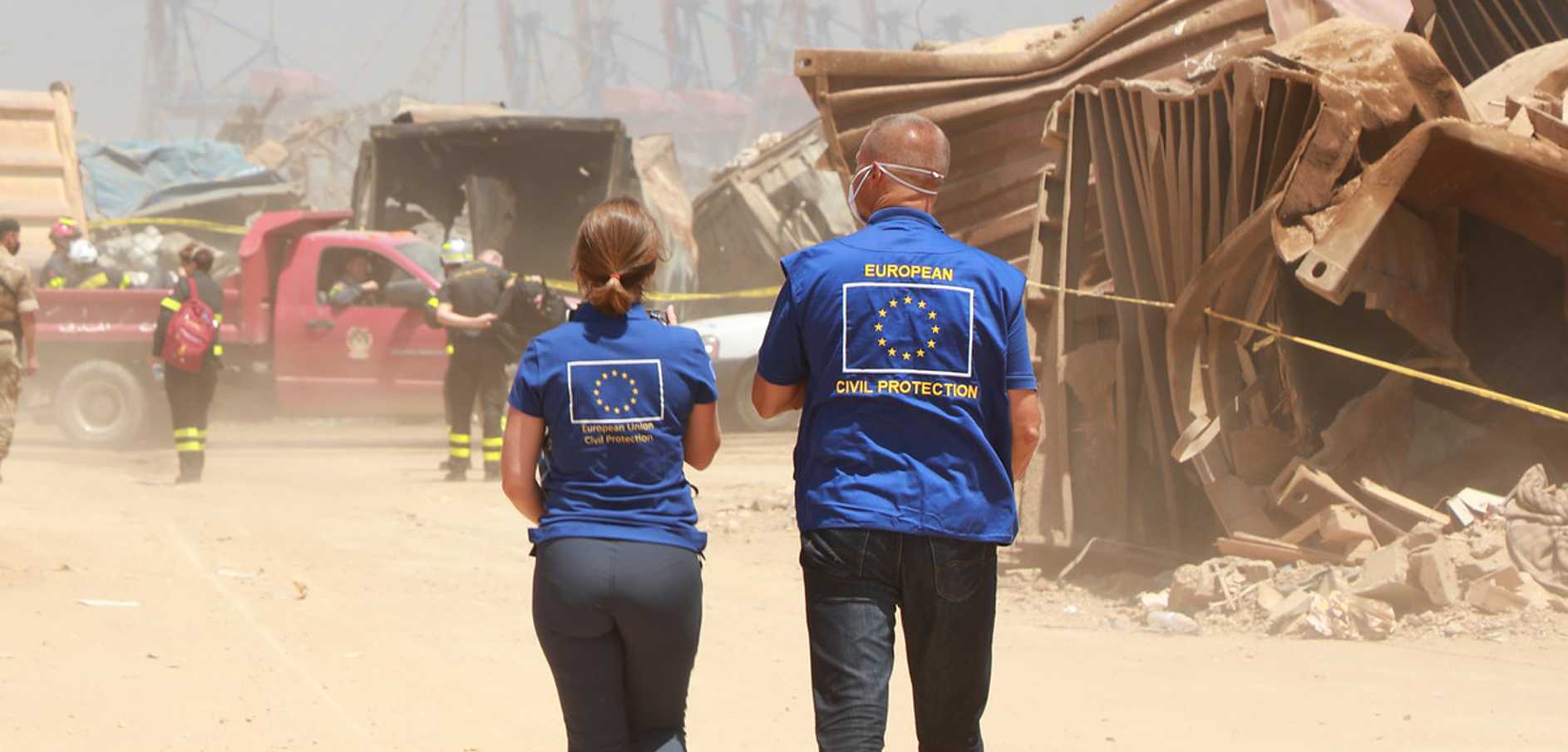Economics for Disaster Prevention and Preparedness - Why investing in prevention and preparedness makes economic sense
Course details
Target audience
Civil protection authorities, national administrations, academics and practitioners involved in disaster risk management, risk prevention and preparedness
Learning objectives
The course is based on the findings of the European Commission and World Bank’s study 'Economics for Disaster Prevention and Preparedness'. Participants will get to understand how disaster risk is estimated, to assess options for preventing risks and how disaster risk financing can be used to respond more effectively to disasters.
This content is offered by the European Commission. The European Commission is the European Union's politically independent executive arm. It is alone responsible for drawing up proposals for new European legislation, and it implements the decisions of the European Parliament and the Council of the European Union.

Schedule
- 1. Introduction
- 2. Types of disasters
- 3. Impact of disasters
- 4. EU risk scape diagram
- 5. The concept of risk modelling
- 6. The components of a risk model
- 7. An introduction to disaster risk financing
- 8. The benefits of risk financing to the EU and its Member States
- 9. How risk financing can support the UCPM
- 10. Practical examples of risk financing
- 11. Benefits of disaster prevention and preparedness
- 12. Supporting broader European activities
- 13. Approaches to disaster prevention and preparedness
- 14. The positive effects of disaster prevention in Europe
- 15. Using Benefit-Cost Assessment to assess the benefits of disaster prevention
- 16. Knowledge test
- 17. Review deck


